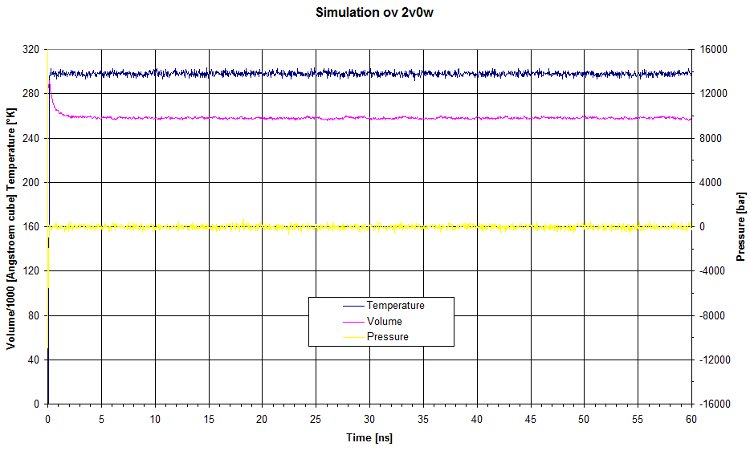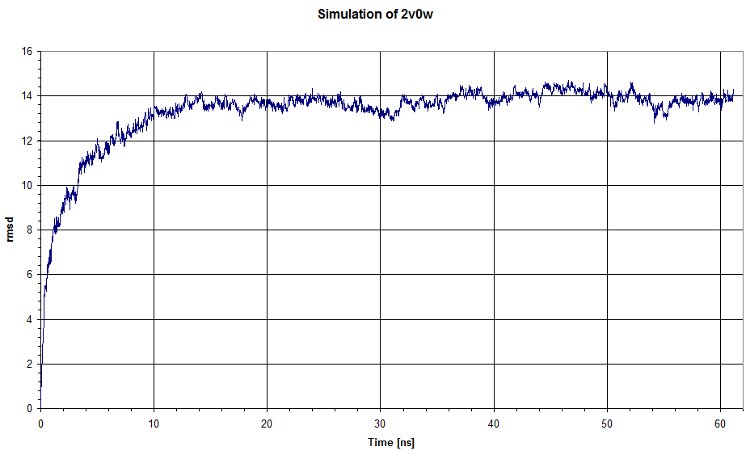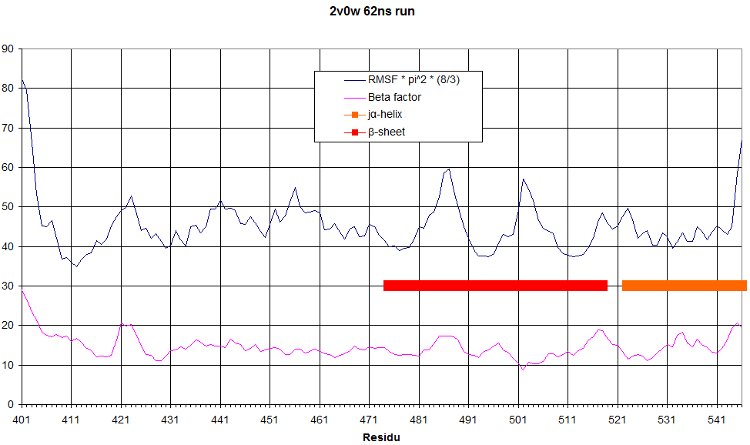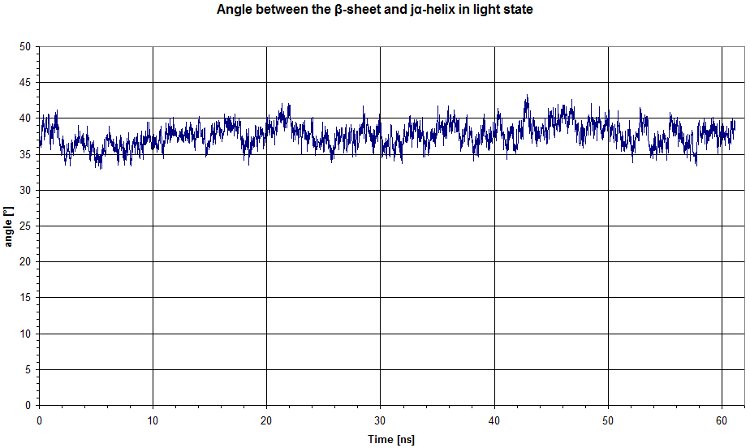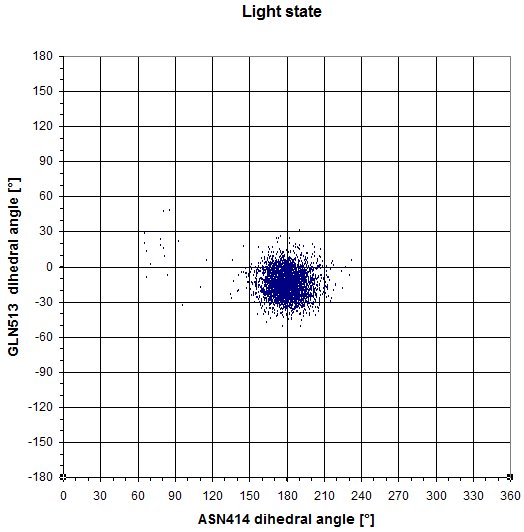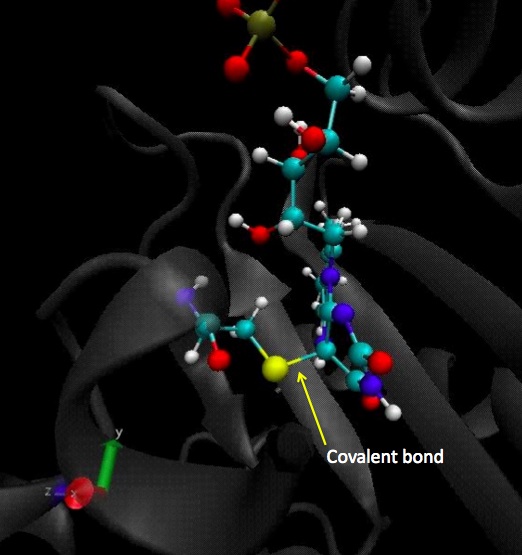Team:EPF-Lausanne/Results/ELS
From 2009.igem.org
(→CYS450 - FMN) |
(→CYS450 - FMN) |
||
| (16 intermediate revisions not shown) | |||
| Line 3: | Line 3: | ||
</div><div CLASS="epfl09model"> | </div><div CLASS="epfl09model"> | ||
| - | + | <br><br><br><br> | |
<html> | <html> | ||
<body> | <body> | ||
| Line 14: | Line 14: | ||
</body> | </body> | ||
</html> | </html> | ||
| - | + | <br><br> | |
<html> | <html> | ||
<center> | <center> | ||
| Line 27: | Line 27: | ||
| | ||
| - | <a href="https://2009.igem.org/Team:EPF-Lausanne/Results/ | + | <a href="https://2009.igem.org/Team:EPF-Lausanne/Results/Mutations" onMouseOver="document.MyImage5.src='https://static.igem.org/mediawiki/2009/thumb/3/31/Mutations.jpg/90px-Mutations.jpg';" onMouseOut="document.MyImage5.src='https://static.igem.org/mediawiki/2009/thumb/b/bf/Mutation_nb.jpg/90px-Mutation_nb.jpg';"> |
<img src="https://static.igem.org/mediawiki/2009/thumb/b/bf/Mutation_nb.jpg/90px-Mutation_nb.jpg" name="MyImage5"></a> | <img src="https://static.igem.org/mediawiki/2009/thumb/b/bf/Mutation_nb.jpg/90px-Mutation_nb.jpg" name="MyImage5"></a> | ||
| Line 41: | Line 41: | ||
<html><center> | <html><center> | ||
| - | <font size=" | + | <font size="6" color="#007CBC">Light state simulation</font> |
</center></html> | </center></html> | ||
<br> | <br> | ||
| Line 61: | Line 61: | ||
==RMSD== | ==RMSD== | ||
| - | The | + | The RMSD along the run gives: |
[[Image:2v0w_sim_rmsd.jpg|center]] | [[Image:2v0w_sim_rmsd.jpg|center]] | ||
| + | |||
| + | <br> The RMSD is another test for the analysis of the evolution of the global structure of a protein. It computes the mean quadratic distance between the structure throughout the simulation, and the original crystallographic structure. | ||
| + | It takes into account the scalar distance between atoms comparing two structures, after that these structures had been superposed. | ||
==RMSF== | ==RMSF== | ||
| - | + | This analysis is in the continuity of the RMSD analysis: RMSF takes the average over time, giving a value for each particle i, while with RMSD, the average is taken over the particles, giving time specific values. | |
| + | And the RMSF plot gives us : | ||
[[Image:2v0w_sim_rmsf.jpg|center]] | [[Image:2v0w_sim_rmsf.jpg|center]] | ||
| + | <br><br> | ||
=Analysis of the simulation= | =Analysis of the simulation= | ||
| Line 78: | Line 83: | ||
==GLN513 - ASN414== | ==GLN513 - ASN414== | ||
We also redid the same experiments as in the dark state. | We also redid the same experiments as in the dark state. | ||
| - | Here is the plot of the dihedral angle of GLN513 and ASN414. In this case, both residues don't switch to another | + | Here is the plot of the dihedral angle of GLN513 and ASN414. In this case, both residues don't switch to another conformational state. |
[[Image:2v0w_dihed_513_414.jpg|center]] | [[Image:2v0w_dihed_513_414.jpg|center]] | ||
==CYS450 - FMN== | ==CYS450 - FMN== | ||
| - | + | Same study than in the dark state for the residue n° 450 was made here, with an important difference to point out which is the covalent bond between the residue 450 and the cofactor. | |
| + | Here is the covalent bond between the cystein 450 and the cofactor, FMN: | ||
| + | [[Image:Light_conf_cov.jpg|center|400px]] | ||
| - | [[Image: | + | |
| + | |||
| + | Here we plot the dihedral angle of this residue to see how it moves along time. As expected, the residue is now stable because of the covalent bond to the FMN. | ||
| + | |||
| + | [[Image:Dih_Light_WT.png|center|700px]] | ||
<!--We can see that the sulfur atom dosen't move a lot which is completely normal due to its bonding with the C4A carbon atom of the FMN.--> | <!--We can see that the sulfur atom dosen't move a lot which is completely normal due to its bonding with the C4A carbon atom of the FMN.--> | ||
| - | + | ||
| - | + | ||
Latest revision as of 14:59, 21 October 2009
Contents |




We run a a 62ns simulation on the 2v0w light state using 32 processors.
Here is a video.
Validation of the light state simulation
PVT
Here are the values of pressure, volume and temperature for this run.
RMSD
The RMSD along the run gives:
The RMSD is another test for the analysis of the evolution of the global structure of a protein. It computes the mean quadratic distance between the structure throughout the simulation, and the original crystallographic structure.
It takes into account the scalar distance between atoms comparing two structures, after that these structures had been superposed.
RMSF
This analysis is in the continuity of the RMSD analysis: RMSF takes the average over time, giving a value for each particle i, while with RMSD, the average is taken over the particles, giving time specific values. And the RMSF plot gives us :
Analysis of the simulation
As for the dark state, we tried to find a change in the j-alpha helix then looked at the comportment of the residues.
Angle between beta sheet and alpha helix
We ploted the angle between the helix and a strand of the beta sheet. As in the light state we don't see a clear movement.
GLN513 - ASN414
We also redid the same experiments as in the dark state. Here is the plot of the dihedral angle of GLN513 and ASN414. In this case, both residues don't switch to another conformational state.
CYS450 - FMN
Same study than in the dark state for the residue n° 450 was made here, with an important difference to point out which is the covalent bond between the residue 450 and the cofactor.
Here is the covalent bond between the cystein 450 and the cofactor, FMN:
Here we plot the dihedral angle of this residue to see how it moves along time. As expected, the residue is now stable because of the covalent bond to the FMN.
 "
"

